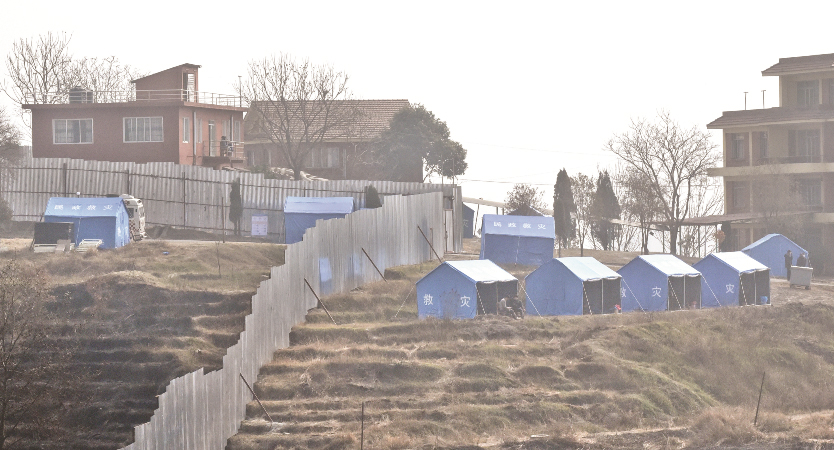Tech-based Learning

Sampada A. Khatiwada
The nation's education system has entered into a new era after the government introduced 'learning from home' programme for school going students amid the COVID-19 concerns. It is certain that the pandemic has catered a new approach to living life as we have constantly been contemplating on alternatives of going to school, work or gatherings of any kind.
When the world is being run by technology, the government's initiative of reaching out to each and every student nationwide through various modes of communication is commendable. Education is one of the major pillars of development which should not be compromised in any condition. Nepal isn’t a technologically developed country and not every student has access to the internet and gadgets which could help them in attending online classes.
Considering the unequal tech-access and development in the nation, the government has segregated students into different types on the basis of their reach to technology. Various online and offline learning materials are being provided to the students via internet, television, radio, cell phones and other modes of communication in coordination with the local levels. This new modality of remote learning, introduced for the first time in Nepal would not let students be affected by the pandemic and lockdown.
This shift away of classrooms and rapid use of remote learning would change the education forever. Education and technology, both being the infrastructures of development, complement each other. Especially during the COVID-19 pandemic, technology has become the only medium for schools and students to give continuity to teaching-learning. On the other hand, existence of technology would certainly not be possible without education.
The new way of learning increases the retention of information in children and it is less time consuming. It also opens doors for distance learning where students do not have to travel to another place or another country to pursue their studies. This also cuts off the expenses of travel and accommodation.
Likewise, distance learning is flexible, easily accessible and provides the hope of normalcy to students amidst the pandemic. With almost three months into the lockdown, the students have not been able to attend classes or give continuity to their academics. Distance learning provides assurance to the students that they are moving towards normality and their studies and future would not be hampered by the breakout of the virus.
Since remote learning is different from the conventional classrooms which required physical attendance, students may find it new and interesting way of education, thereby giving more attention to studies. Moreover, remote learning makes students tech-friendly and promotes technological advancement in the future as well. With virtual white board, the real-time interaction between the teachers and students also increases. All in all, with all the pros, distance learning could be a way forward in terms of both, education and technology at the ease of both, teachers and learners.
The new modality however requires mental presence of students in virtual classrooms the most. How much a student has learned through remote classes would solely depend upon his/her attention and capacity of grabbing things. Thus, parents, guardians and teachers must make sure that the distance classes are being interactive, effective and students are actually grabbing whatever is being taught.
Recent News

Do not make expressions casting dout on election: EC
14 Apr, 2022
CM Bhatta says may New Year 2079 BS inspire positive thinking
14 Apr, 2022
Three new cases, 44 recoveries in 24 hours
14 Apr, 2022
689 climbers of 84 teams so far acquire permits for climbing various peaks this spring season
14 Apr, 2022
How the rising cost of living crisis is impacting Nepal
14 Apr, 2022
US military confirms an interstellar meteor collided with Earth
14 Apr, 2022
Valneva Covid vaccine approved for use in UK
14 Apr, 2022
Chair Prachanda highlights need of unity among Maoist, Communist forces
14 Apr, 2022
Ranbir Kapoor and Alia Bhatt: Bollywood toasts star couple on wedding
14 Apr, 2022
President Bhandari confers decorations (Photo Feature)
14 Apr, 2022











